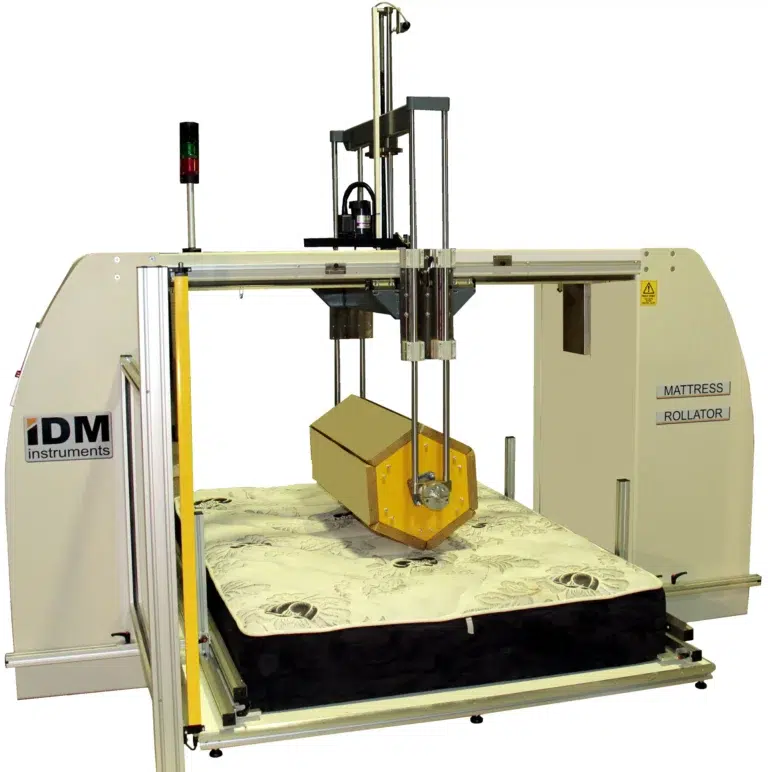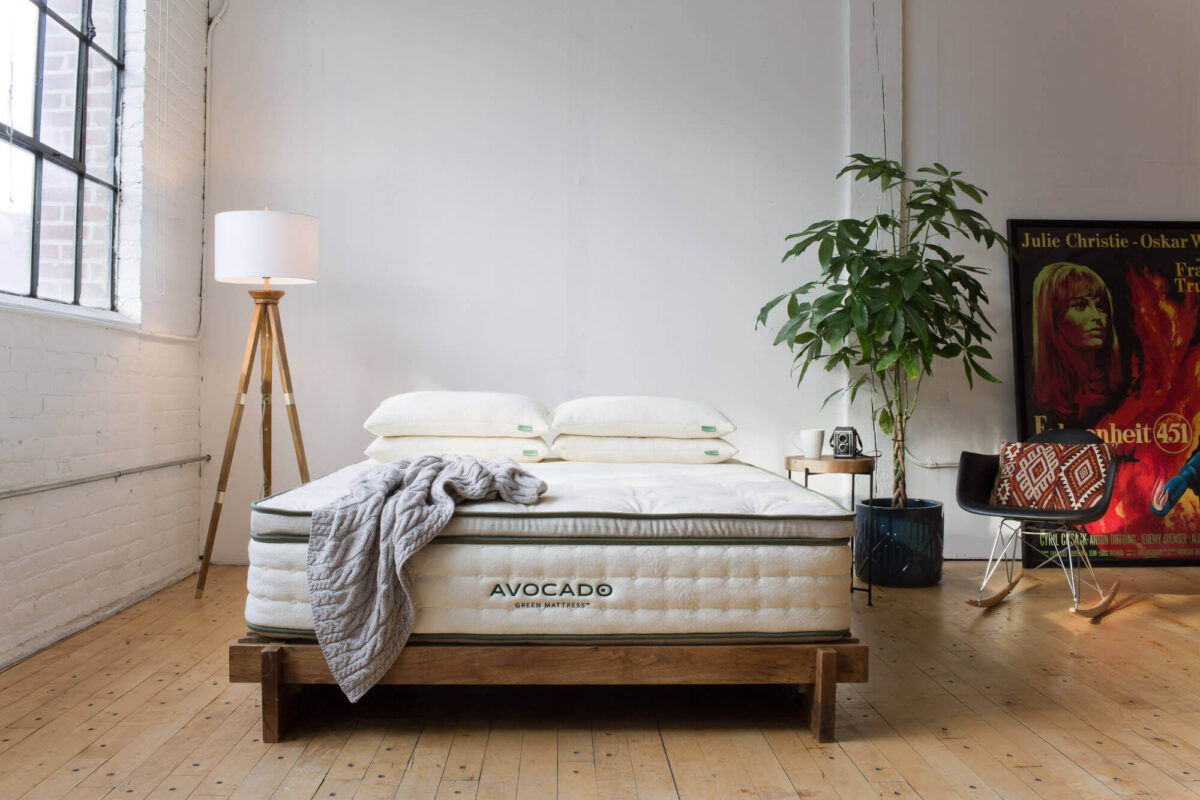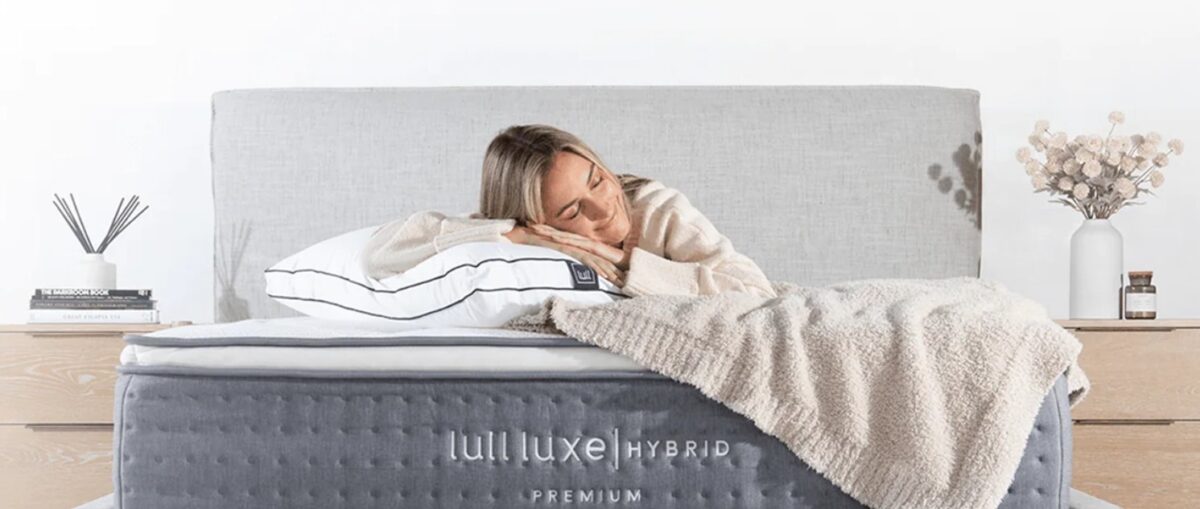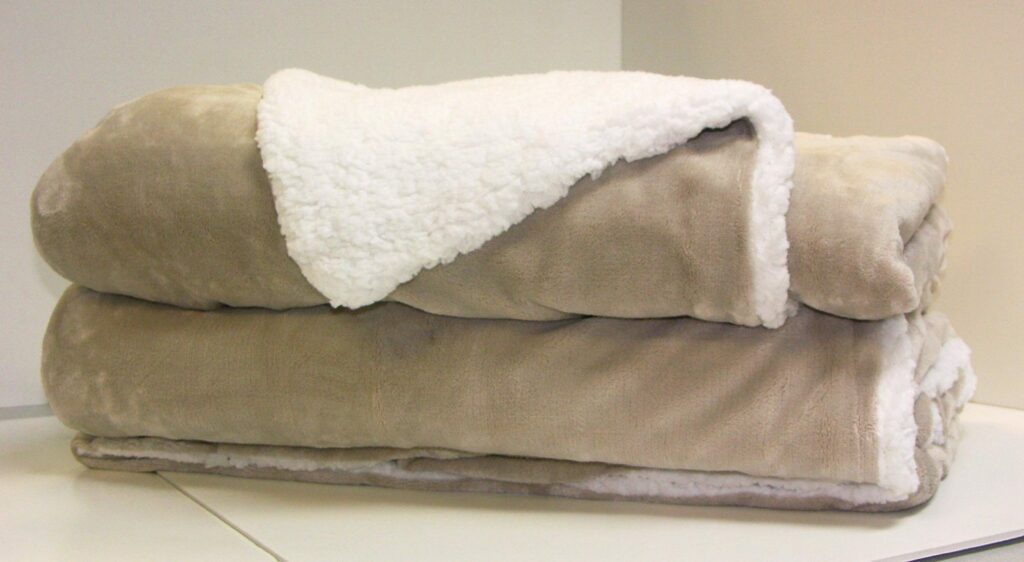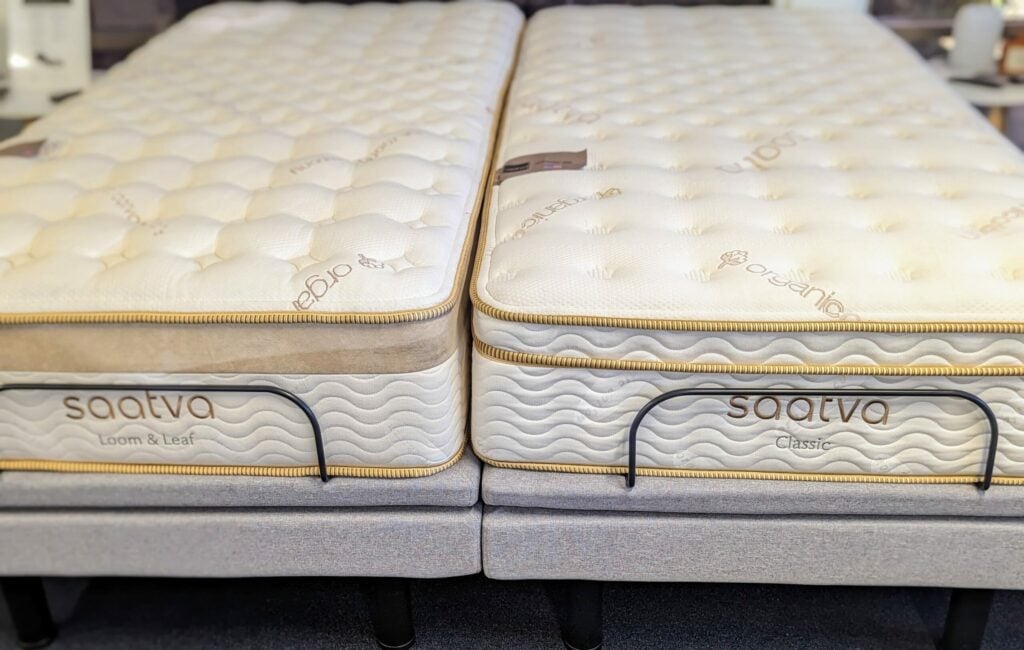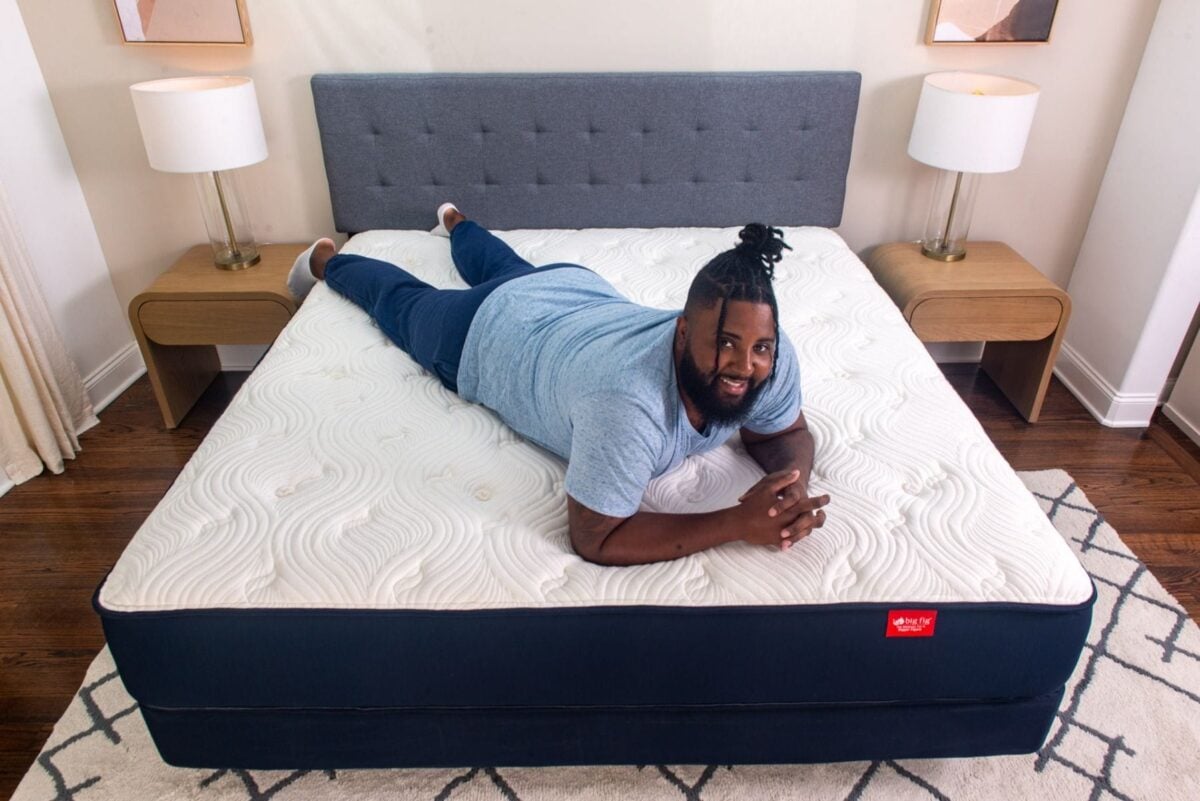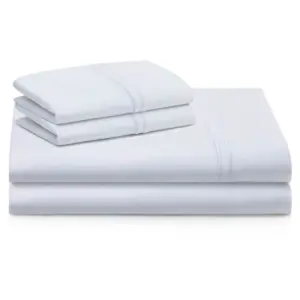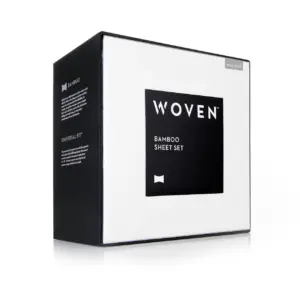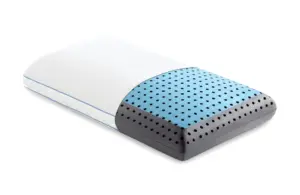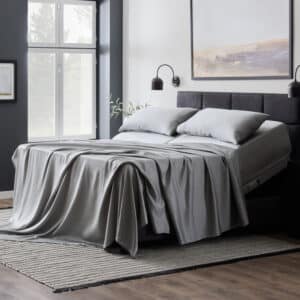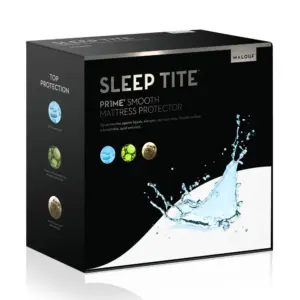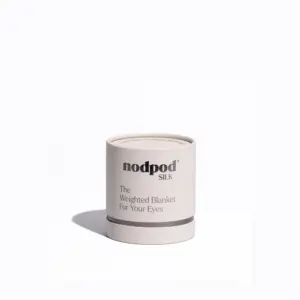A good night’s sleep is essential for our overall health and well-being. It not only refreshes and rejuvenates us, but it also plays a crucial role in memory consolidation, mood regulation, and physical recovery. One of the most critical factors in achieving restful sleep is the mattress we sleep on. With numerous options available in the market, it can be challenging to determine which mattress is the right fit for your specific needs. This is where mattress testing and grading come into play.
Mattress testing and grading provide valuable insights into the performance and quality of a mattress, enabling consumers to make informed decisions when purchasing one. This comprehensive guide aims to give you an in-depth understanding of the methodologies and factors considered during mattress testing and grading. We will delve into the different types of mattresses, factors influencing their performance, testing methodologies, certifications, and how to use this information to find the perfect mattress for a restful sleep.
Stay tuned as we uncover the secrets of the mattress testing and grading world and help you make an educated choice for the foundation of your sleep sanctuary.
Overview of Mattress Types
Before diving into the intricacies of mattress testing and grading, it’s essential to familiarize yourself with the various types of mattresses available in the market. Each type has its unique construction, materials, and performance characteristics that cater to different sleep preferences and needs.
Innerspring
Innerspring mattresses, also known as coil mattresses, are the traditional choice for many sleepers. They feature a support system made of steel coils, with different coil configurations and gauges affecting their overall performance. Innerspring mattresses are known for their bounciness, responsiveness, and breathability.
Memory foam
Memroy foam mattresses are popular for their contouring and pressure-relieving properties. These mattresses conform to your body shape, distributing your weight evenly across the surface, and minimizing pressure points. Memory foam is also beneficial for motion isolation, making it an ideal choice for couples or light sleepers.
Latex
Latex mattresses can be made from natural, synthetic, or blended latex. They provide a unique combination of support, pressure relief, and responsiveness. Latex mattresses are known for their durability and eco-friendliness, especially when made from natural materials.
Hybrid
Hybrid mattresses combine the best of both worlds by integrating innerspring coils with memory foam or latex layers. These mattresses offer a balance of support, pressure relief, and responsiveness, catering to a wide range of sleep preferences.
Airbed
Airbeds feature adjustable air chambers that allow users to customize the firmness level according to their preference. High-quality airbeds also include additional comfort layers made of foam or latex, enhancing their overall performance.
Waterbed
Waterbeds use water as their primary support system, with either a hard-sided or soft-sided frame. These beds offer a unique sleep experience and can provide excellent pressure relief, but may lack the support and stability desired by some sleepers.
Factors Influencing Mattress Performance
Several factors contribute to a mattress’s overall performance and quality. These factors play a critical role in determining the comfort, support, and longevity of a mattress. Understanding these factors is vital when interpreting mattress testing and grading results.
Materials and construction
The materials used in a mattress, along with its construction method, directly impact its performance, durability, and feel. High-quality materials and construction methods generally result in better support, comfort, and longevity.
Firmness and support
Firmness refers to the initial feel of a mattress and how much resistance it provides when pressure is applied. Support, on the other hand, is the mattress’s ability to keep the sleeper’s spine aligned, preventing discomfort and pain. Both factors are crucial in determining the comfort of a mattress, and they vary depending on the sleeper’s body weight, sleep position, and personal preferences.
Temperature regulation
Temperature regulation is the ability of a mattress to maintain a comfortable sleeping temperature throughout the night. Some materials, such as memory foam, can trap heat, making sleepers feel too warm. Other materials, like latex and innerspring, offer better breathability and airflow, helping to dissipate heat and maintain a cooler sleep surface.
Motion isolation
Motion isolation refers to a mattress’s ability to absorb movement and prevent it from transferring across the surface. This factor is especially important for couples or light sleepers, as it can minimize sleep disturbances caused by a partner’s movements during the night. Memory foam and latex mattresses typically excel in motion isolation, while innerspring mattresses may transfer more movement.
Edge support
Edge support is the level of reinforcement and stability provided by a mattress along its edges. Good edge support can prevent the feeling of “rolling off” the bed and make it easier to sit or sleep near the edge. Innerspring and hybrid mattresses often have stronger edge support, while memory foam and latex mattresses may have less pronounced edge reinforcement.
Noise
Noise is an essential factor to consider, especially for light sleepers or those sharing a bed. Mattresses with springs or air chambers are more likely to produce noise when bearing weight or adjusting firmness, while foam and latex mattresses are typically quieter.
Durability
Durability refers to the lifespan of a mattress and its ability to maintain its performance and comfort over time. High-quality materials, construction, and proper maintenance can contribute to a mattress’s longevity. Latex and high-density foam mattresses are known for their durability, while lower-quality innerspring and memory foam mattresses may degrade more quickly.
Off-gassing
Off-gassing is the release of volatile organic compounds (VOCs) from a mattress, usually resulting in an initial chemical odor. This phenomenon is most commonly associated with memory foam and synthetic latex mattresses. Off-gassing can be a concern for those sensitive to smells or with specific allergies. Choosing mattresses with low VOC emissions or natural materials can help minimize off-gassing.
Mattress Testing Methodologies
To assess the performance of a mattress, various testing methodologies are employed. These methodologies can be broadly categorized into lab testing and human testing.
Lab testing
Lab tests objectively measure the properties of a mattress using specialized equipment and controlled environments. Some common lab tests include:
Indentation load deflection (ILD) ILD measures the firmness of a mattress by assessing the amount of force required to create a specific indentation depth. This test helps determine the support and comfort a mattress provides.
Resiliency Resiliency measures how quickly a mattress returns to its original shape after pressure is removed. This test evaluates the responsiveness and durability of a mattress.
Flammability Flammability tests assess a mattress’s resistance to catching fire, ensuring compliance with safety regulations and reducing potential fire hazards.
Human testing
Human testing involves real people using the mattresses and evaluating them based on their sleep experience. This subjective approach takes into account various factors such as:
Sleep trials Sleep trials involve testers using a mattress for an extended period to evaluate its comfort, support, and overall performance.
Sleep preferences and body types Human testers with different sleep positions, body weights, and preferences help provide a comprehensive understanding of a mattress’s performance across various demographics.
Review aggregation Aggregating user reviews and expert opinions can offer valuable insights into a mattress’s performance, helping identify trends and common issues.
Performance grading system
A standardized grading system, typically ranging from A to F, is used to rate a mattress’s performance across different factors.
Industry benchmarks are established to help consumers compare the performance of various mattresses and make informed decisions. The grading system considers factors such as support, comfort, durability, and temperature regulation, among others.
Certifications and Compliance
Certifications and compliance standards play a crucial role in ensuring the safety, quality, and eco-friendliness of mattresses. When evaluating a mattress, it’s essential to consider the following certifications:
CertiPUR-US
CertiPUR-US certification guarantees that the polyurethane foam used in a mattress is free from harmful chemicals, heavy metals, and has low VOC emissions. This certification ensures a healthier and safer sleep environment.
OEKO-TEX
OEKO-TEX certification covers textiles and ensures that they are free from harmful substances. An OEKO-TEX certified mattress has been tested for a wide range of potentially harmful chemicals, providing added peace of mind for consumers.
GreenGuard Gold
GreenGuard Gold certification sets strict standards for VOC emissions, ensuring that a mattress meets low chemical emission levels for indoor air quality. This certification is particularly crucial for those with allergies or chemical sensitivities.
Global Organic Textile Standard (GOTS)
GOTS is a leading global standard for organic textiles, which guarantees that a mattress is made of at least 70% organic fibers. GOTS certified mattresses are eco-friendly and promote sustainable practices in the mattress industry.
Global Organic Latex Standard (GOLS)
GOLS certification ensures that a latex mattress is made of at least 95% organic latex. This certification promotes environmentally friendly and socially responsible latex production practices.
Made Safe
Made Safe certification verifies that a mattress is made without known harmful chemicals, ensuring a safer sleep environment for consumers.
Importance of certifications in mattress selection
Certifications play a vital role in ensuring the quality, safety, and eco-friendliness of a mattress. Consumers should consider these certifications when evaluating a mattress to make an informed and responsible choice.
Mattress Brands and Their Testing Approaches
Different mattress brands employ various testing methodologies to evaluate their products’ performance. Here is an overview of some popular mattress brands and their testing approaches:
Purple
Purple utilizes innovative materials and construction methods, subjecting its mattresses to rigorous lab testing and human trials. They emphasize pressure relief, support, and temperature regulation to cater to a wide range of sleep preferences.
Tempur-Pedic
Tempur-Pedic is known for its memory foam mattresses and uses a combination of lab testing, sleep trials, and customer feedback to evaluate its products. They focus on support, comfort, and durability, ensuring a high-quality sleep experience.
Saatva
Saatva employs lab testing and sleep trials to assess the performance of its eco-friendly mattresses. They emphasize support, pressure relief, and eco-conscious materials, catering to environmentally conscious consumers.
Helix
Helix offers customizable mattresses and uses lab testing, sleep trials, and customer feedback to evaluate their performance. They focus on personalized support and comfort, ensuring a tailored sleep experience for their customers.
Nectar
Nectar utilizes lab testing, sleep trials, and customer feedback to assess its memory foam mattresses. They emphasize support, pressure relief, and durability, offering a comfortable and long-lasting sleep experience.
Leesa
Leesa employs a combination of lab testing, sleep trials, and customer feedback to evaluate its mattresses. They focus on support, pressure relief, and social responsibility, giving back to the community through various initiatives.
Tuft & Needle
Tuft& Needle uses lab testing, sleep trials, and customer feedback to assess the performance of its affordable foam mattresses. They emphasize support, comfort, and value for money, catering to a wide range of budgets and sleep preferences.
GhostBed
GhostBed relies on a combination of lab testing, sleep trials, and customer feedback to evaluate its mattresses. They focus on cooling technology, support, and durability, providing a comfortable and refreshing sleep experience.
Avocado Green
Avocado Green is an eco-conscious brand that uses lab testing, sleep trials, and customer feedback to assess its organic mattresses. They emphasize sustainable materials, support, and pressure relief, catering to consumers seeking an environmentally friendly sleep solution.
Comparison of testing and grading methodologies
Each mattress brand employs a unique combination of testing methodologies to evaluate its products. Understanding these approaches can help consumers make informed decisions when comparing different brands and selecting a mattress that suits their needs.
How to Use Mattress Testing and Grading Information
Understanding mattress testing and grading information is crucial for selecting the right mattress for your needs. Here are some tips on how to use this information effectively:
Interpreting test results
When examining test results, it’s essential to understand what each test measures and how it relates to your specific sleep preferences and requirements. Compare test results across different brands and models to identify which mattresses excel in the factors most important to you.
Identifying the right mattress for your needs
Consider your sleep position, body weight, and personal preferences when evaluating mattress testing and grading information. These factors will help you determine the appropriate firmness, support, and comfort levels for your unique needs. Additionally, consider any health concerns or issues, such as allergies or back pain, that may influence your mattress choice.
Combining expert advice with personal preferences
While expert testing and grading can provide valuable insights into a mattress’s performance, it’s also essential to consider your personal preferences and experiences. Read customer reviews, visit showrooms, and participate in sleep trials to ensure that the mattress you select aligns with your unique needs and preferences.
Conclusion
The role of mattress testing and grading in the sleep industry is crucial for ensuring the quality, safety, and performance of mattresses. By providing consumers with valuable insights into various mattress models, testing and grading information helps guide informed purchasing decisions. As a consumer, thorough research, understanding of testing methodologies, and consideration of personal preferences and needs are key to finding the perfect mattress for a restful and rejuvenating sleep experience. By staying informed and engaging with the testing and grading process, you can confidently choose a mattress that will support your sleep journey for years to come.
ASTM Standards and Their Role in Mattress Testing and Grading
The American Society for Testing and Materials (ASTM) is an internationally recognized organization that develops and publishes technical standards for a wide range of materials, products, and systems. In the mattress industry, ASTM standards play a crucial role in ensuring the quality, safety, and performance of mattresses. Some relevant ASTM standards for mattress testing and grading include:
A. ASTM D3574 – Standard Test Methods for Flexible Cellular Materials – Slab, Bonded, and Molded Urethane Foams This standard outlines various test methods for evaluating the properties of polyurethane foams, which are commonly used in mattresses. The tests cover aspects such as compression, resilience, and indentation force deflection, among others.
B. ASTM F1566 – Standard Test Methods for Evaluation of Innerspring and Box Spring Assemblies ASTM F1566 specifies test methods for evaluating the performance of innerspring and box spring assemblies used in mattresses. The standard covers tests for firmness, durability, and impact performance, ensuring that innerspring mattresses meet quality and safety benchmarks.
C. ASTM E1590 – Standard Test Method for Fire Testing of Mattresses ASTM E1590 outlines a test method for assessing the flammability of mattresses when exposed to an open flame. This standard is critical in ensuring that mattresses meet fire safety regulations and minimize potential fire hazards.
D. ASTM D6817 – Standard Specification for Rigid Cellular Polystyrene Geofoam While primarily focused on geofoam applications, ASTM D6817 also provides guidelines for evaluating the properties of rigid cellular polystyrene foams. These guidelines can be relevant to mattresses that incorporate this type of foam.
E. ASTM D1045 – Standard Test Methods for Sampling and Testing Plasticizers Used in Plastics Although not specific to mattresses, ASTM D1045 can be relevant to the mattress industry as it outlines test methods for evaluating plasticizers used in various plastic materials. Plasticizers are sometimes used in the production of synthetic latex and other mattress components.
These ASTM standards, along with others, help ensure that mattresses meet industry benchmarks for safety, quality, and performance. By adhering to these standards, manufacturers can deliver reliable and safe products to consumers, while customers can trust that their chosen mattresses meet stringent quality requirements.

